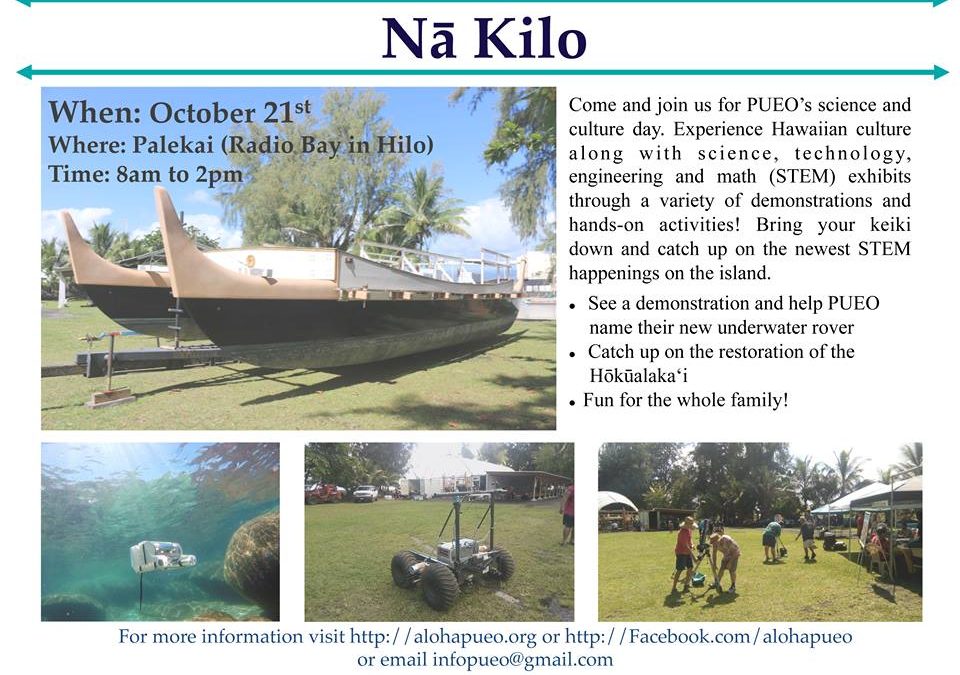Latest Science News

Gemini Telescope finds Jupiter Moon Io’s Atmosphere Collapses and Reforms
Gemini observations show that the thin atmosphere of Jupiter’s moon Io undergoes dramatic changes during frequent eclipses with the giant planet. The following press release, issued by the Southwest Research Institute, explains how the dramatic changes in temperature cause the moon’s atmosphere to collapse. Research reveals freezing effects of Jupiter’s shadow on moon’s volcanic gases San Antonio – Aug. 2, 2016 – A Southwest Research Institute-led team has documented atmospheric changes on Io, Jupiter’s volcanically active satellite, as the giant planet casts its shadow over the moon’s surface during daily eclipses. A study led by SwRI’s Constantine Tsang concluded that Io’s thin atmosphere, which consists primarily of sulfur dioxide (SO2) gas emitted from volcanoes, collapses as the SO2 freezes onto the surface as ice when Io is shaded by Jupiter. When the moon moves out of eclipse and ice warms, the atmosphere reforms through sublimation, where ice converts directly to gas. “This research is the first time scientists have observed this phenomenon directly, improving our understanding of this geologically active moon,” said Tsang, a senior research scientist in SwRI’s Space Science and Engineering Division. The findings were published in a study titled “The Collapse of Io’s Primary Atmosphere in Jupiter Eclipse” in the Journal of Geophysical Research. The team used the eight-meter Gemini North telescope in Hawai’i with the Texas Echelon Cross Echelle Spectrograph (TEXES) for this research. Data showed that Io’s atmosphere begins to “deflate” when the temperatures drop from -235 degrees Fahrenheit (-148 ℃) in sunlight to -270 degrees Fahrenheit (-168 ℃) during eclipse. Eclipse occurs 2 hours of every Io day (1.7 Earth days). In full... read more
The Science Behind Hawaii’s ‘Smiley Face’ Volcano
[source] A “smiling” volcano has gone viral. Hawaii’s Kilauea volcano has been actively erupting since 1983, and it’s one of the most active volcanoes in the world, according to the U.S. Geological Survey (USGS). But the volcano received more attention recently when the volcano’s lava formed what looks like a smiley face. The smiley face appeared in a lava lake crater on the west flank of Pu’u ‘O’o, on Kilauea’s East Rift Zone, according to Janet Babb, a geologist with the USGS’ Hawaiian Volcano Observatory. [Explosive Images: Hawaii’s Kilauea Erupts for 30 Years] Pu’u ‘O’o also recently made headlines when the lava flow reached the ocean for the first time in three years. While it may seem like Kilauea was smiling for the cameras, the “face” has a more scientific explanation: The bright spots and incandescent line that created the face shape were produced by normal volcanic activity. As a lava lake circulates, lava upwelling and downwelling will occur on opposite sides of the lake, according to the Hawaiian Volcano Observatory. This often results in a spattering of molten lava, which creates bright spots on the dark-colored, semi-solid lake surface. Circulation can also cause sections of the surface to pull apart, revealing the lava beneath and creating lines. By chance, these processes occurred in a pattern that created the smiling image, Babb said. “The Pu’u ‘O’o lava lake just happened to produce two spattering sources (bright dots) that have been interpreted as ‘eyes’ and an incandescent line that has been interpreted as a ‘mouth’ — with the two lake surface features located relative to each other to produce the... read moreLocal Events

Nā Kilo Event at Palekai is on for Oct. 21!
Nā Kilo is our cultural science event to get students of all ages interested and excited about science, technology, engineering and math (STEM fields). Hawaii has many activities going on all around the island which lead the world in many areas. This event is a chance for those people who are involved in leading such endeavors to show the public the kind of science they are doing right here in Hawaii. We invite people, groups and companies from all over the island to join us. So if you’re interested in participating, please contact us either through this site or on facebook or twitter. The term Nā Kilo represents those who understand a certain field or trade to its fullest and most importantly expresses the ability to observe and to explore. Nā Kilo can represent the master as well as their learners in any given discipline. Perhaps you’ve not thought about all the STEM activities that take place in Hawaii but here are just a few we would like to highlight. ... read more
PUEO’s List of Exceptions to the TMT Project
PUEO files official recommendations to the contested case for the construction of the Thirty Meter Telescope.
read more